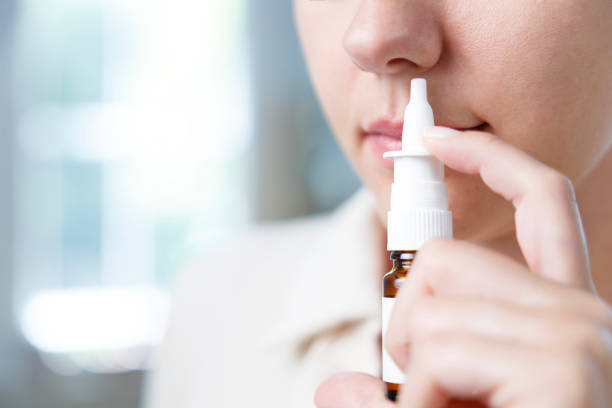USP Inhaler Stability Testing under ICH Conditions
The United States Pharmacopeia (USP) inhaler stability testing is a critical component of pharmaceutical quality assurance and compliance. This service ensures that inhalers meet the stringent requirements set forth by USP, which are recognized globally for their standards in drug products. Conducted under International Conference on Harmonization (ICH) guidelines, this test evaluates the physical and chemical stability of inhalation formulations over time.
The testing process involves a series of steps designed to simulate real-world conditions that inhalers might experience during storage and use. These include temperature, humidity, and light exposure. The goal is to assess whether the drug product remains stable under these conditions, ensuring its efficacy and safety for patients.
ICH guidelines provide specific parameters for testing, including time intervals and environmental conditions. For instance, samples are typically stored in environments that simulate extreme temperatures and humidity levels, such as 40°C/75% relative humidity (RH) or 25°C/60% RH over a period of six months. These conditions are intended to accelerate potential degradation reactions without affecting the active pharmaceutical ingredient.
The testing process begins with the preparation of samples according to ICH guidelines. This includes ensuring that all components, including the drug substance, excipients, and packaging materials, are representative of those used in commercial products. The samples are then subjected to various environmental stress tests, which may include temperature cycling, humidity exposure, light stability studies, and accelerated aging.
Once testing is complete, the results are analyzed using analytical methods specified by USP. This can involve high-performance liquid chromatography (HPLC), gas chromatography-mass spectrometry (GC-MS), or other relevant techniques to measure changes in drug content, impurities, and stability over time. The analysis is compared against baseline data collected during the development phase of the product.
The USP inhaler stability testing not only ensures that the product meets regulatory requirements but also provides valuable insights into the shelf life and stability characteristics of the inhaler formulation. This information is crucial for quality assurance, ensuring patient safety and efficacy.
| Standard | Description |
|---|---|
| USP Inhalation Dosage Forms Chapter 601 | Provides specifications and guidelines for the testing of inhalation dosage forms. |
| ICH Q1A(R2) Stability Testing Guideline | Offers comprehensive guidance on the design, conduct, and interpretation of stability studies for pharmaceutical products. |
| USP Inhalation Dosage Forms Chapter 604 | Details specific requirements for testing the physical properties of inhalation dosage forms. |
The results from USP inhaler stability testing are typically reported in a comprehensive stability summary report. This document includes detailed information on the test conditions, analytical methods used, and the results obtained. The report also provides recommendations for storage conditions and shelf life based on the stability data.
Understanding the importance of these tests is crucial for pharmaceutical companies looking to ensure that their inhaler products meet strict regulatory standards. By adhering to USP guidelines and ICH recommendations, companies can demonstrate compliance with international regulations and maintain a high standard of product quality.





